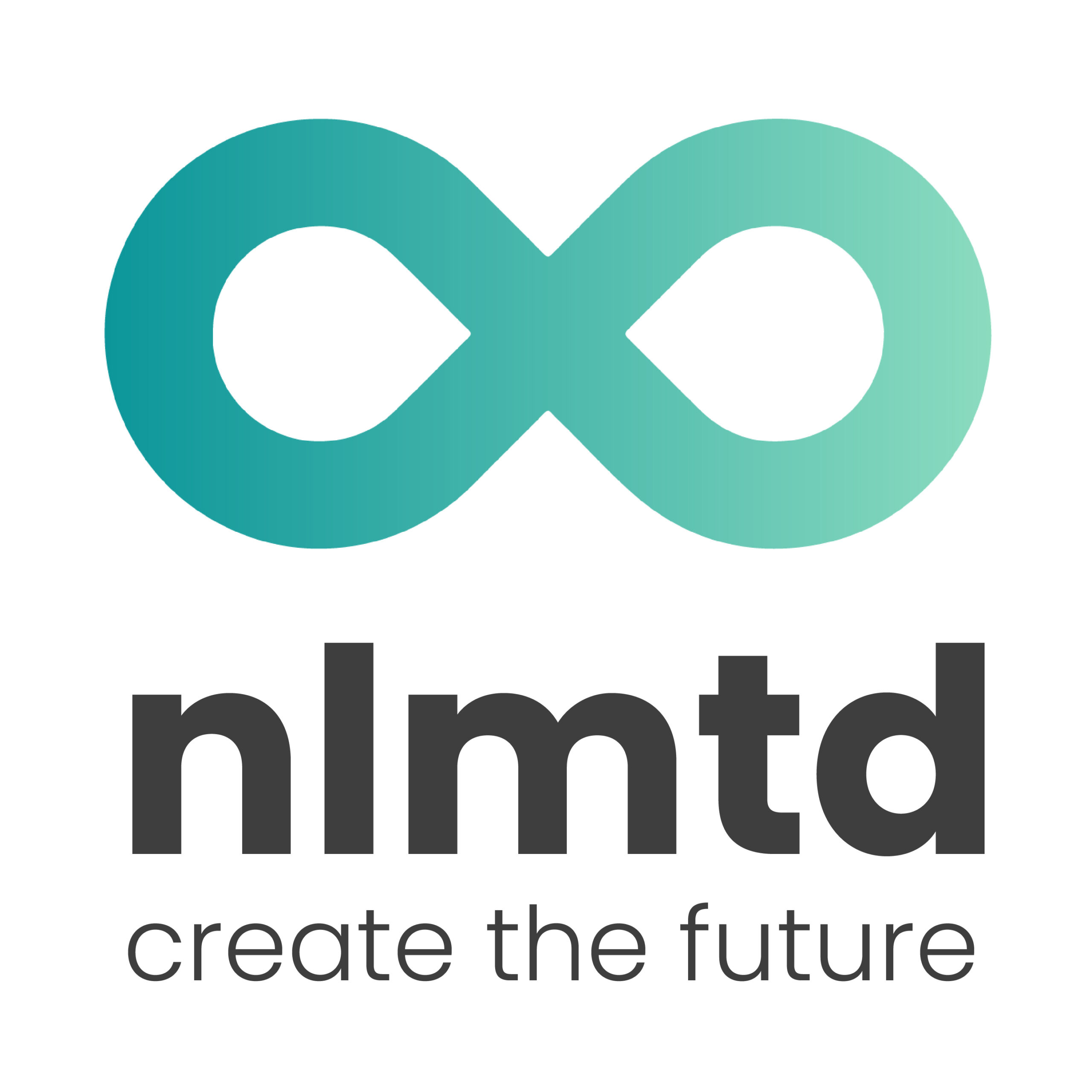Mike Hoogveld
Co-founder nlmtd
Mike Hoogveld is a partner at nlmtd and an expert in future-proof organization. With over twenty years of experience as a manager and advisor across a wide range of organizations, both domestically and internationally, Mike also serves as a startup mentor. Additionally, he conducts scientific research at Nyenrode and teaches at various universities and business schools.
Share this article
Collaborating on transitions: lessons from the “commons”
In the second article of the series “Accelerating Transitions,” Mike Hoogveld explores how collaboration within ecosystems develops. Inspired by the principles of the “Commons,” he demonstrates how smart rules and shared ownership can facilitate sustainable transitions.
One of the most important lessons from our evolutionary history is that cooperation is vital for our survival. This principle remains relevant today; collective solutions are essential for making significant changes in energy, food, and climate. However, collaboration is not always straightforward. How can we effectively engage in this process within a complex network of parties with diverse interests?
Welcome to the homeowners' association
Imagine you’ve purchased a newly built apartment in a building that contains ten apartments of varying sizes and prices. After the handover, the residents organize a get-together, and you quickly discover that they are a diverse group—a colorful mix of young and old, rich and poor, singles, couples, and families. This diversity means that some residents are home all day, others work during the day, and a few only use their apartments occasionally as a second home.
Once the building is completed, the residents will need to make decisions together regarding parking spaces, garden maintenance, cleaning, and rules regarding noise and paint colors. Conflicting interests and different resources can lead to challenges, but one thing is clear: without agreements and mutual coordination, the situation can quickly become chaotic. The strength of a community lies not in uniformity but in the well-organized diversity of its members.
I stood by and watched
The metaphor of a shared apartment complex can easily be applied to our planet. We also share collective resources such as air, water, energy, and space. Just like in that apartment complex, sustainable management of these resources requires cooperation and a sense of shared responsibility. But how do we encourage individuals and organizations to take action when the problem seems overwhelming?
Consider a festival ground littered with trash. An extra cup or piece of trash might seem insignificant to one person. This phenomenon is known as the bystander effect; it describes how individuals often refrain from intervening in situations where action is needed, assuming that someone else will step in. In other words, many people might think, “I stood by and watched.”
So, how can we effectively collaborate to drive meaningful changes based on our shared interests?
Realizing transitions together
First of all, it’s beneficial to understand how collaboration for the benefit of our planet and society is actually structured. Henk Kievit discussed this during a meeting of the ecosystem and education program “Public Infrastructure in Transition” at Nyenrode Business University, a very insightful model. This indicates that there are three ordering structures: formal versus informal (whether something is regulated in a contract or not), profit versus non-profit, and public versus private. There are four domains, namely the government, market, community (such as households), and the ‘ civil society’ enclosed by these. The latter includes, for example, NGOs, philanthropic institutions, churches, and volunteer organizations.[i] To begin with, it is important to understand how collaboration for our planet and society is structured. During a meeting of the ecosystem and education program “Public Infrastructure in Transition” at Nyenrode Business University, Henk Kievit presented a very insightful model. This model identifies three key organizing frameworks: formal versus informal (whether something is regulated by a contract or not), profit versus non-profit, and public versus private.
Additionally, there are four main domains involved in this collaboration: the government, the market, the community (which includes households), and the ‘civil society,’ which encompasses NGOs, philanthropic institutions, churches, and volunteer organizations.

Just like the residents of an apartment building, these four domains differ in their goals, resources, interests, and principles. However, realizing major transitions, such as in energy, climate adaptation, and food production, requires close collaboration among all these domains. Beyond the technical and substantive issues, this collaboration adds complexity because there is no central leadership in this ecosystem.
Consider, for instance, all the parties involved in generating, transporting, and supplying gas, electricity, and heat. Together, they must navigate the transition from fossil fuels to sustainable energy while ensuring that “the store remains open during renovations.” This process presents numerous challenges, such as expanding and modifying networks amid congestion and shortages of personnel, space, and materials.
The question then becomes: How can they solve this complex puzzle? In other words, how can they collectively optimize their limited resources across a range of goals, desires, and challenges to achieve sustainable solutions? To facilitate these transitions, there is a need for orchestration—a director’s role. But how can this be organized effectively? Additionally, food requires close collaboration between all these domains. Apart from the technical and substantive issues, this collaboration makes such transitions very complex. This is because there is an ecosystem where no one has central leadership. Think, for example, of all the parties involved in generating, transporting, and supplying gas, electricity, and heat. Together, they must arrange the transition from fossil to sustainable energy, while “the store remains open during renovation”. This involves numerous bottlenecks, including the expansion and conversion of networks while congestion occurs, as well as a shortage of personnel, space, and materials.
How can they solve this sliding puzzle? In other words, how can they optimally allocate their scarce resources collectively to achieve sustainable solutions for this portfolio of goals, wishes, and problems? For transitions, there is therefore a need for orchestration, for a director’s role. But how do you organize something like that?
The principles of successful “commons”
A valuable source of inspiration for this topic is the work of Elinor Ostrom, the first woman to win a Nobel Prize in Economics. She studied how communities manage natural resources, known as “commons,” which include fishing grounds, forests, rivers, and collective irrigation systems.
Individual fishermen often feel compelled to catch as many fish as possible, believing that if they don’t, someone else will. Without proper management and regulation, this unsustainable practice leads to the depletion of fish stocks. Furthermore, common resources face additional threats from issues such as overcrowding, pollution, and habitat destruction.
Ostrom concluded that there are eight design principles for managing common resources in a way that allows for their indefinite use. As you will see below, many of these principles are also beneficial for governing ecosystems that are undergoing transitions.
- Defining boundaries is essential: it should be explicitly stated who has the authority to withdraw from or add to the ecosystem. Additionally, the boundaries and purpose of the ecosystem must be clearly established: where do they begin and where do they end? A strict demarcation helps prevent ‘free riding’ by outsiders and simplifies the distribution of responsibilities within the group.
- Adapting rules to purpose and circumstances: There isn’t a universal approach for establishing rules on how to use and contribute to the ecosystem. These rules should be tailored to the specific context and needs of the participants, including the available technology and funding.
- Collective decision-making and self-enforcement: All members of the ecosystem can participate in the decision-making process regarding the rules that govern them. This fosters a sense of ownership and involvement, which is essential for effective enforcement. Enforcement should be carried out by the members themselves or by individuals they have designated for this role.
- Gradual sanctions for violators: If participants fail to follow the agreed-upon rules, it is essential to address this consistently by implementing a system of graduated sanctions. These sanctions should be reasonable and fair, taking into account the severity of the violation and the individual’s circumstances. Additionally, the severity of the sanctions should increase progressively as the violations become more serious.
- Establishing conflict mechanisms: There should be affordable and accessible methods to resolve disputes within the ecosystem. Such a system facilitates the quick settlement of disagreements and enhances trust among ecosystem members.
- Respecting autonomy: The ecosystem should be granted adequate recognition and autonomy to create and enforce its own rules. This should happen without interference from external authorities, whether local or international, who may not fully understand the specific context and circumstances involved.
Successful ecosystems must possess six key principles, but they also need to be agile, capable of quickly and flexibly adapting to changing circumstances. This adaptability relies on mutual trust, genuine reciprocity, transparent communication, and collaboration among all members. Just as these qualities enhance the experience of living together in an apartment building, they also contribute to the effectiveness of an ecosystem.
Towards a sustainable future!
Want to learn more about successfully navigating transitions? Contact us.
[i] Kievit, H., Van Dijk, G. and Spruyt, B.J (2008). The silent revolution of social venturing entrepreneurs. Holland Management Review, 120, p 22.
[ii] Ostrom, E. (1990). Governing the Commons: The Evolution of Institutions for Collective Action. Cambridge University Press, pp. 90-102.





